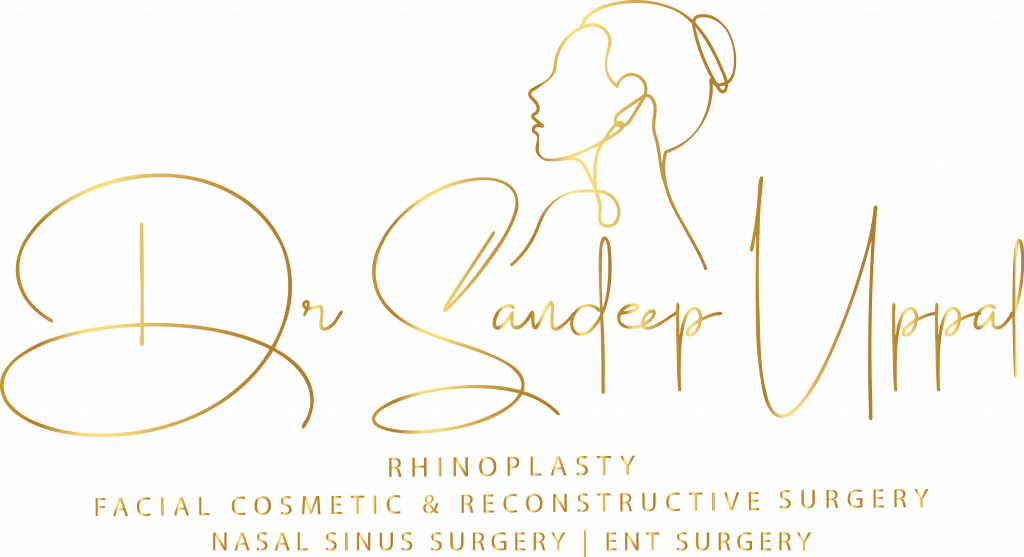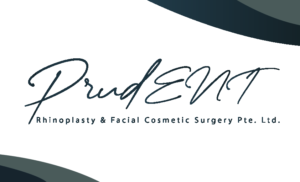Mandible Augmentation Surgery
MANDIBLE AUGMENTATION ( JAW IMPLANT ) SURGERY IN SINGAPORE BY DR. SANDEEP MANDIBLE AUGMENTATION PROCEDURE IN SINGAPORE Dr Sandeep and his team are committed to providing a comprehensive and personalized experience. Their meticulous attention to detail and client-centric approach ensures that each mandible augmentation procedure is performed with the utmost care and expertise. Our approach combines medical expertise with a deep understanding of facial aesthetics. Meticulous preoperative planning and postoperative management are the linchpins of a successful mandible augmentation procedure. Such diligence ensures a harmonized understanding between the clinician and the client regarding anticipated outcomes and potential perioperative challenges. INITIAL CONSULTATION Medical History A thorough review of the client’s medical history is taken to assess suitability for surgery and anaesthesia. Dr Sandeep has a thorough discussion with the client to assess their aesthetic goals and makes sure that they have realistic expectations before proceeding with surgery. Facial Analysis Dr Sandeep conducts a comprehensive facial analysis, using advanced imaging techniques like 3D scanning to assess the jawline and overall facial structure. Computer Simulation Client’s photographs are taken, and state of the art software is used for computer image manipulation to educate the client regarding what can be realistically achieved with surgery and for surgical planning. Discussion Dr Sandeep discusses the goals, risks, and expectations with the client. Different implant materials and sizes are considered. PREOPERATIVE INSTRUCTIONS The client receives a set of guidelines to follow before the surgery, which might include discontinuing certain medications or dietary restrictions. ANAESTHESIA After admission to the surgical facility, the client undergoes general anaesthesia, administered by a qualified and experienced anaesthetist who works closely with Dr Sandeep’s team. INCISION Depending on the specific case, an incision is made either inside the mouth to avoid visible scars or under the chin. IMPLANT PLACEMENT A pocket is created along the mandible where the preselected implant will be inserted. If autologous grafts are used, these are harvested and prepared before placement. Adjustment and Assessment: Dr Sandeep meticulously adjusts the implant or graft to achieve the desired augmentation while maintaining facial symmetry. CLOSURE The incision inside the mouth is closed using dissolvable sutures. External incisions are closed with sutures that need to be removed after 7 days. IMMEDIATE POSTOPERATIVE CARE The client is moved to a recovery room where vital signs are closely monitored until full consciousness is regained. RECOVERY PROCESS For a successful mandible augmentation surgery, thorough preparation is key. This ensures that both the medical professional and the client have aligned expectations concerning the results and are aware of potential challenges. Immediate Postoperative Symptoms: After the surgery, it’s typical to experience swelling, bruising, and some pain. These symptoms generally diminish within a couple of weeks. Postoperative Pain Management: Dr Sandeep’s team provides medication to manage any discomfort or pain. Oral Care: Maintaining impeccable oral hygiene is paramount, especially when incisions are made inside the mouth, to ward off infections. Dietary Recommendations: Clients are often advised to stick to a soft food diet in the initial recovery phase. Time Off: It’s prudent to anticipate a break of 2 to 3 weeks from professional commitments or school post-surgery. Recovery Duration: While the primary convalescence phase is estimated to span a couple of weeks, it is noteworthy that residual oedema may persist for an extended period, potentially several months. Support: In the days immediately following the surgery, particularly if general anaesthesia was administered, having someone around for assistance can be beneficial. FOLLOW-UP APPOINTMENTS Scheduled Reviews: It’s essential to pencil in post-operative visits with the surgeon to oversee the healing process and tackle any arising issues with the integration of the implant. Any issues arising are dealt with promptly. Monitoring Progress: Continuous check-ins with Dr Sandeep are vital to track the healing process and ensure the results align with the client’s expectations. Activity Restrictions: Clients are generally advised to avoid strenuous activities for a certain period. Contact sports must be avoided for 3 months after surgery. Long-term Monitoring: Periodic reviews are conducted to ensure the lasting success of the procedure. FINAL ASSESSMENT Once the swelling has fully subsided, Dr Sandeep performs a final evaluation to confirm that the client’s goals have been met. POTENTIAL RISKS AND COMPLICATIONS Mandible augmentation in Singapore, like any surgical procedure, carries inherent risks. While many clients undergo this procedure without complications and achieve their desired outcomes, it’s essential to be aware of potential risks and discuss them with a qualified surgeon. Here are some of the potential risks associated with mandible augmentation: Infection: Any surgical procedure carries the risk of infection. If an implant is used, there’s a chance that it could become infected and might need to be removed. Hematoma or Seroma: A hematoma is a collection of blood, and a seroma is a collection of clear fluid. Both can develop in the surgical area and may require drainage. Nerve Damage: The surgery could potentially damage the nerves in the area, leading to numbness, tingling, or even muscle weakness. The inferior alveolar nerve, which runs through the mandible, is of particular concern. Implant Issues: If implants are used, they could shift, become exposed, or get infected. There’s also a risk of the body rejecting the implant. Bone Resorption: If bone grafts are used, there’s a chance that the body might reabsorb the bone over time, diminishing the augmentation’s effects. Scarring: While incisions are often made inside the mouth to minimize visible scarring, there’s still a risk of scarring, especially if external incisions are made. Asymmetry: The two sides of the face might not look symmetrical after the procedure, either due to surgical technique or the body’s healing process. Adverse Reaction to Anaesthesia: As with any procedure that requires anaesthesia, there’s a risk of complications such as allergic reactions or breathing difficulties. Prolonged Swelling or Pain: Some clients might experience swelling or pain that lasts longer than expected. Unsatisfactory Results: The final appearance might not meet the client’s expectations, necessitating revision surgery. Unsatisfactory results may be due to implant migration, infection or poor healing and scarring.
Mandible Augmentation Surgery Read More »


